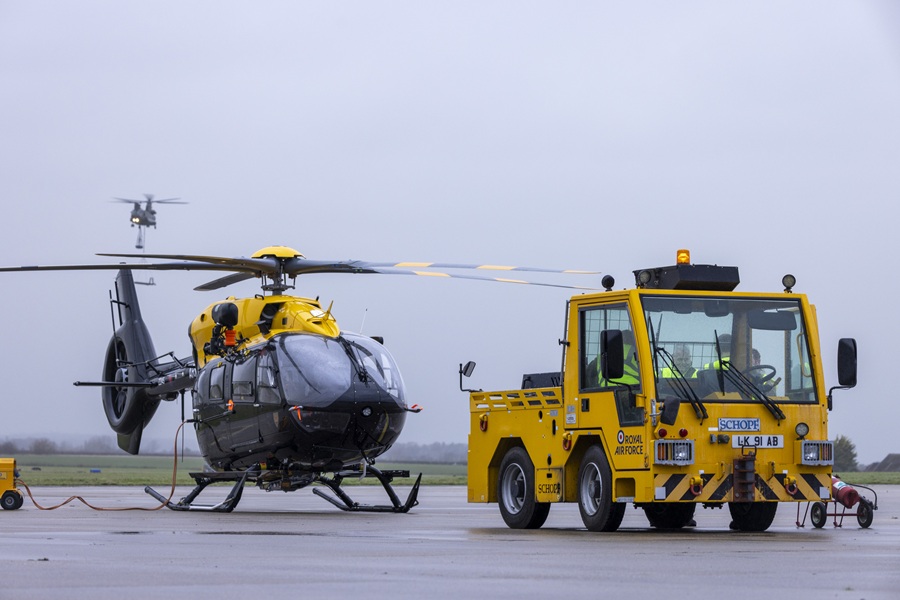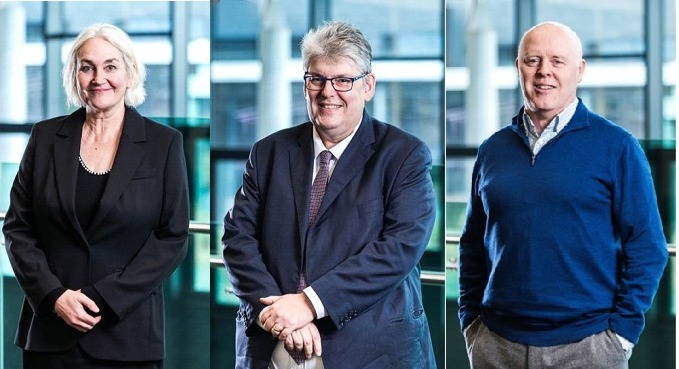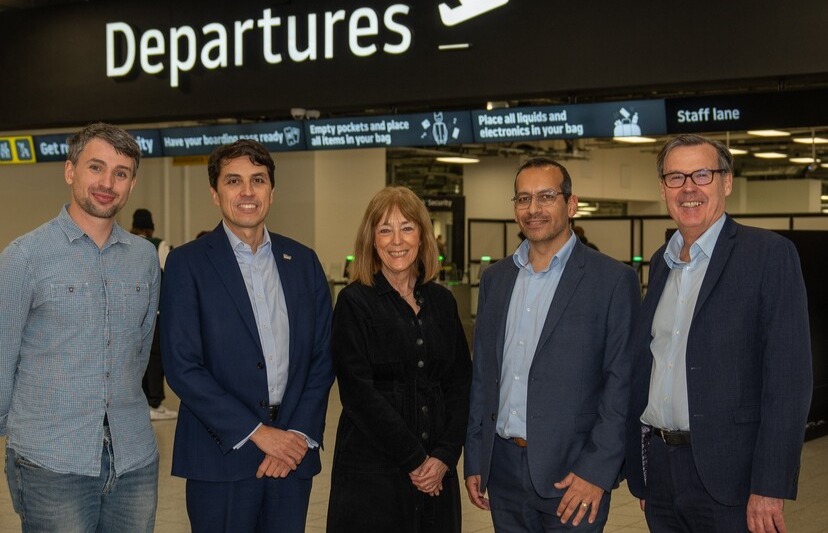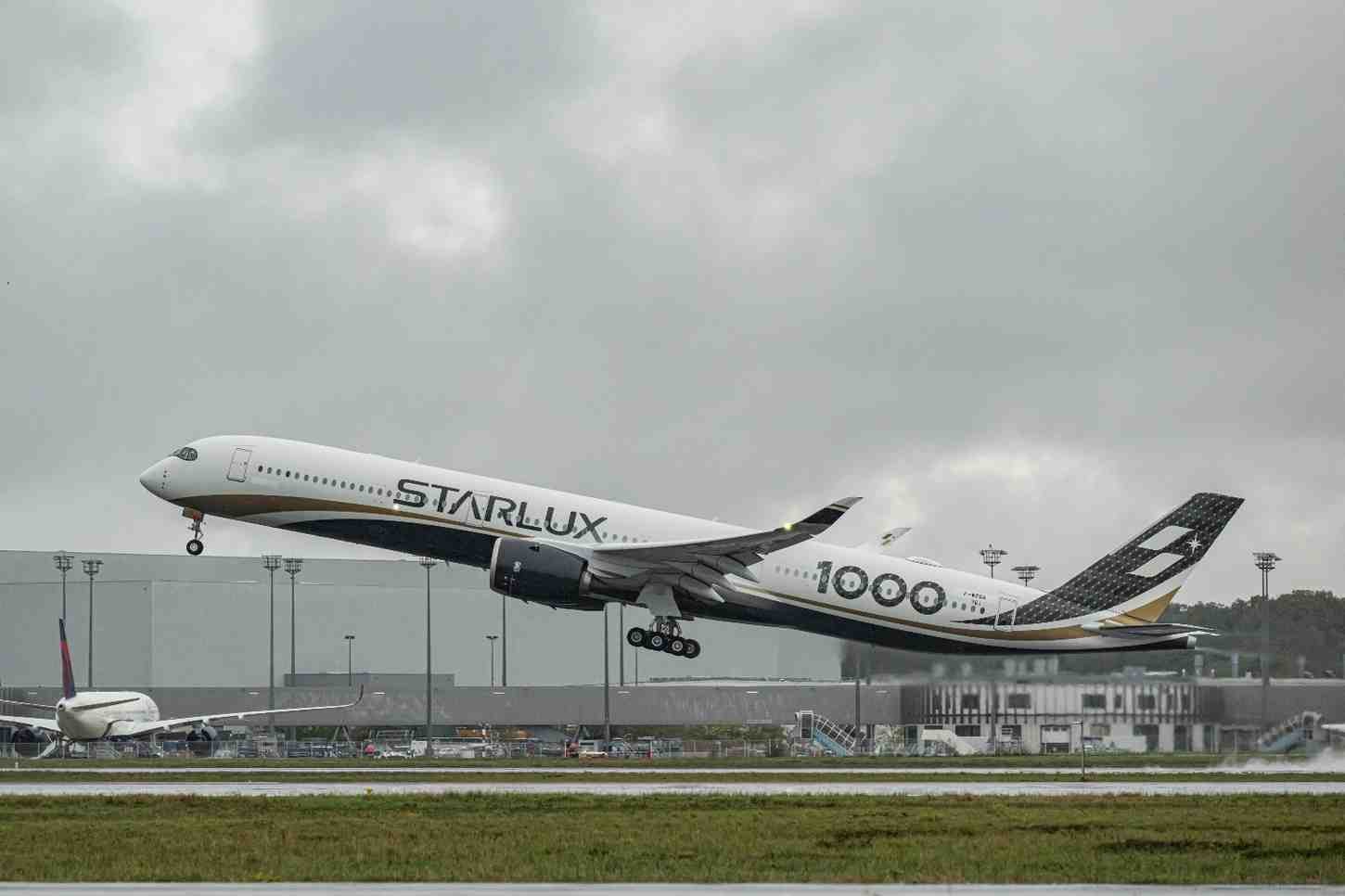100th anniversary of first control tower at Croydon marks birth of air traffic control
The world’s first air traffic control tower was commissioned by the UK government 100 years ago today in a move that helped usher in the age of mass air travel.
The tower was built at what was then London’s main airport in Croydon and kick-started the development of air traffic control. A century later and NATS, as the UK’s main air traffic control service, manages 2.6 million flights a year carrying hundreds of millions of passengers.
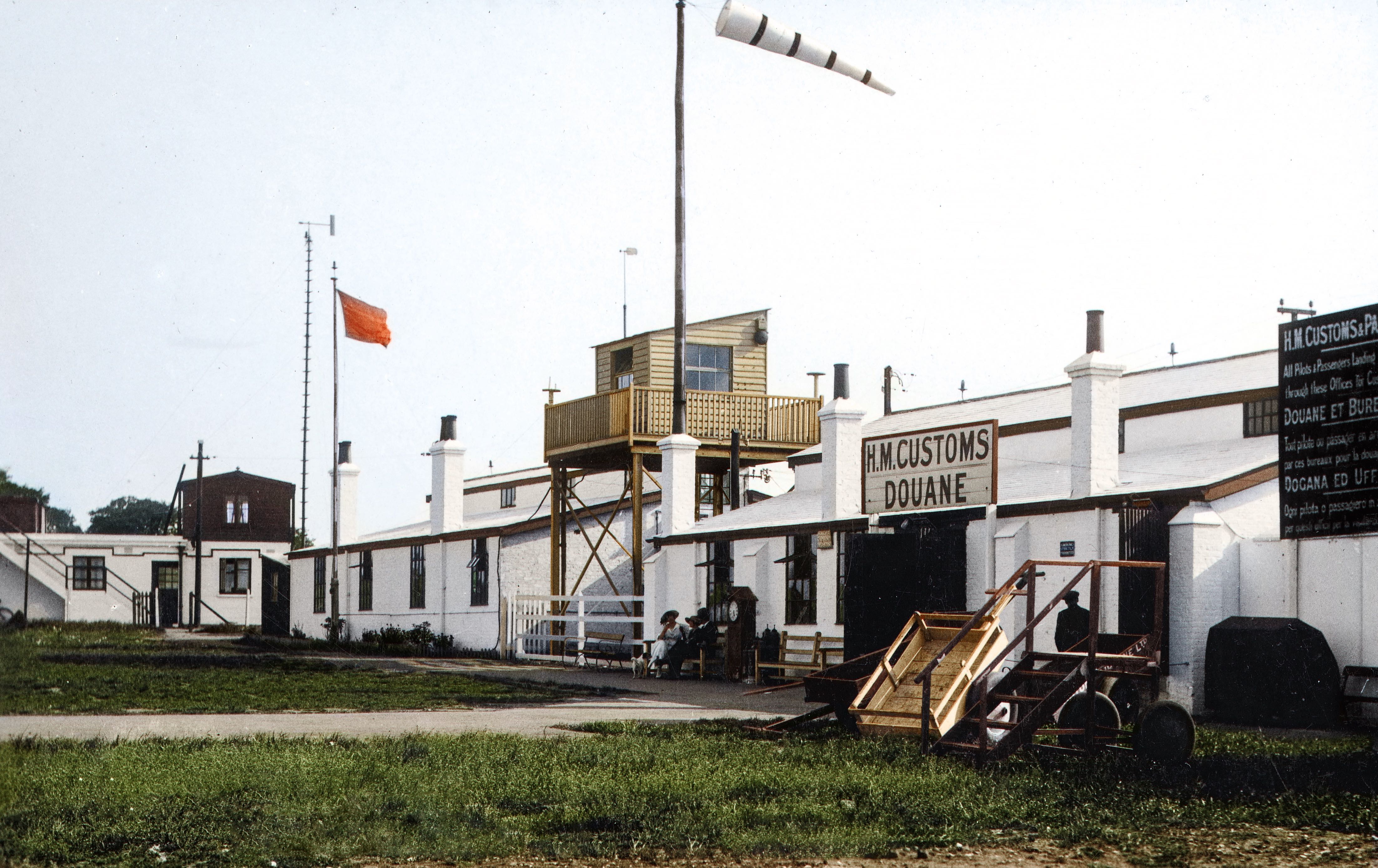
Above:
The first control tower at Croydon, 1920 (colourised).
Courtesy NATS
The concept of air traffic control emerged alongside the rise of the world’s first airline passenger services. Finding a way of safely organising growing levels of traffic saw the UK Air Ministry commission a new building at Croydon Airport, to be ‘erected 15 feet above ground level’ and with ‘large windows to be placed on all four walls’.
This building was to be called the ‘Aerodrome Control Tower’ and at a stroke coined both the term that has remained synonymous with air traffic control for the past 100 years and a design that remains instantly recognisable.
Ian Walker, Chair of Historic Croydon Airport Trust, said: “In 1920 there was no blueprint for what air traffic control or even an airport should look like, so it fell to those early pioneers to develop, test and implement the ideas that would enable air travel to grow safely.
“Airfields before this had radio offices and ‘aerial lighthouses’, but nothing with the explicit intent of providing technical air traffic services to aircraft. The ‘control tower’ was described as an ‘essential’ development and its legacy lives on with us today.”
The first controllers – known as or Civil Aviation Traffic Officers or CATOs – provided basic traffic, location and weather information to pilots over the radio, which itself was still a relatively new invention. The progress of the dozen or so daily flights was tracked using basic radio-based navigation and plotted on paper maps and using pins and flags.
Today, NATS’ 1,700 air traffic controllers handle up to 8,000 flights a day in some of the world’s busiest airspace.
Juliet Kennedy, NATS operations director, said: “We’ve come a long way since the first controllers in terms of the amount of traffic we handle and the tools we use but the motivation to harness the latest technology to help make flying safer and more efficient remains at the absolute heart of what we do.”
In 2019 NATS introduced real-time satellite tracking to improve the safety and environmental performance of flights over the North Atlantic, while at Heathrow it is researching the use of Artificial Intelligence to cut weather-related delays at airports.
Juliet continues: “We have a £1 billion investment programme, but technology alone is not the answer if we’re going to both keep pace with the growing demand to fly and meet the huge challenge of climate change. Modernising our airspace is now absolutely essential.”
The UK’s network of airways and flight paths were first designed in the 1960s and make it impossible to take full advantage of the capabilities of modern aircraft. NATS is playing a leading role in cross-industry plans to modernise the country’s airspace over the next five years, something that will allow aircraft to fly higher for longer, get more direct routings and enable more continuous descent approaches, something that both reduces fuel burn and emissions.
Juliet concluded: “The early pioneers of the 1920s laid down the foundations that allowed aviation to flourish in the 20thCentury and enrich the lives of countless people around the world. Now, with over three million flights a year predicted by 2030, we need to do the same for the rest of the 21st.”






